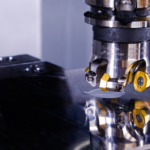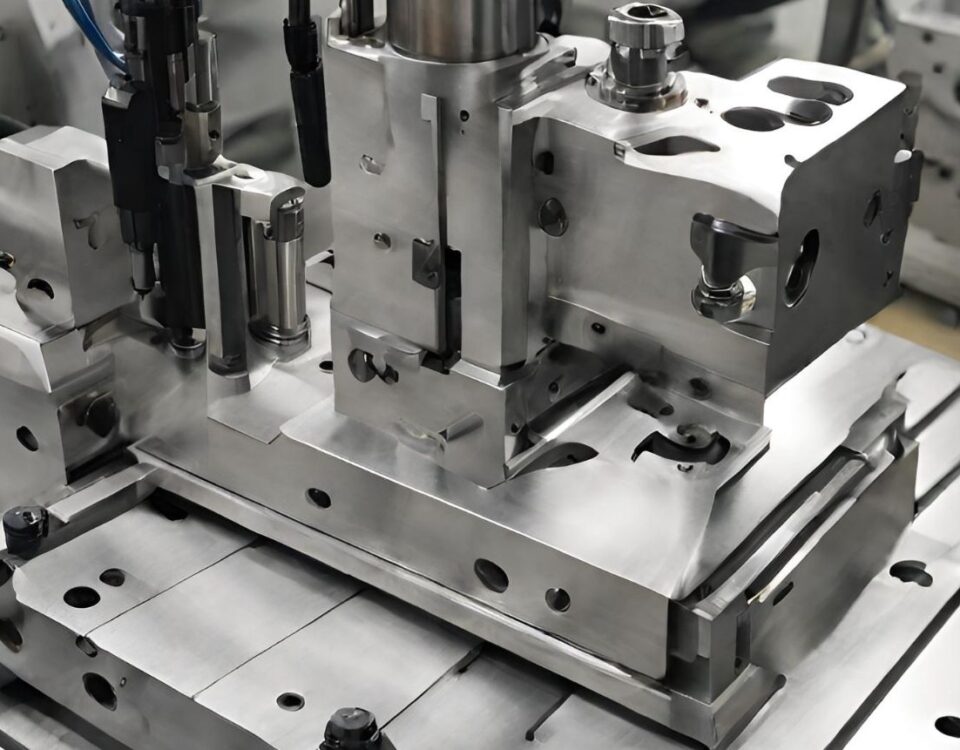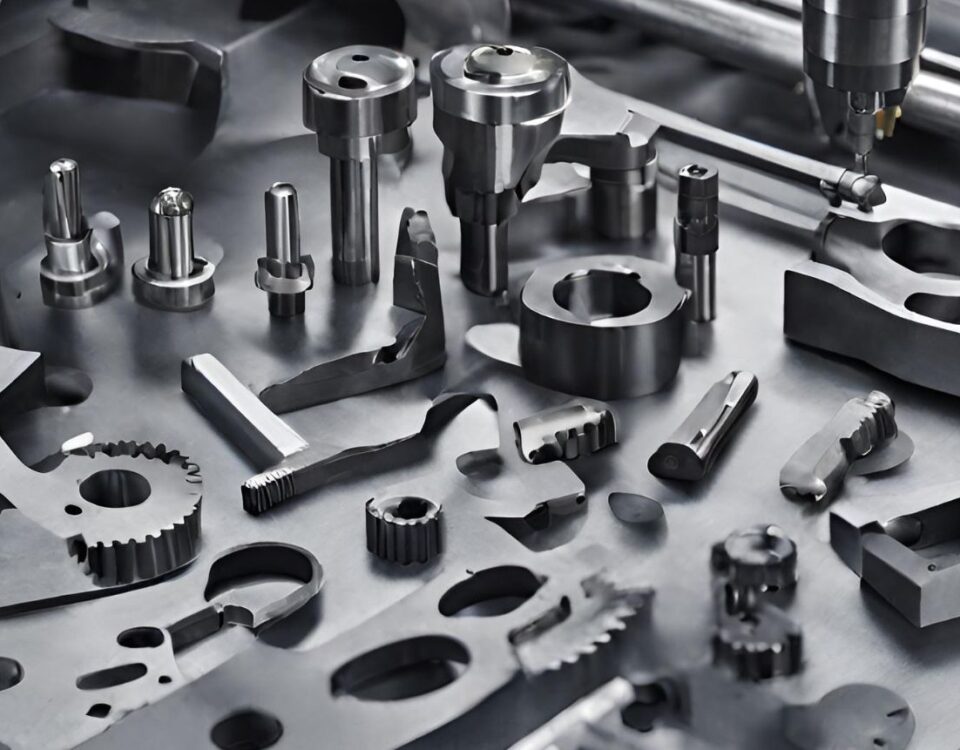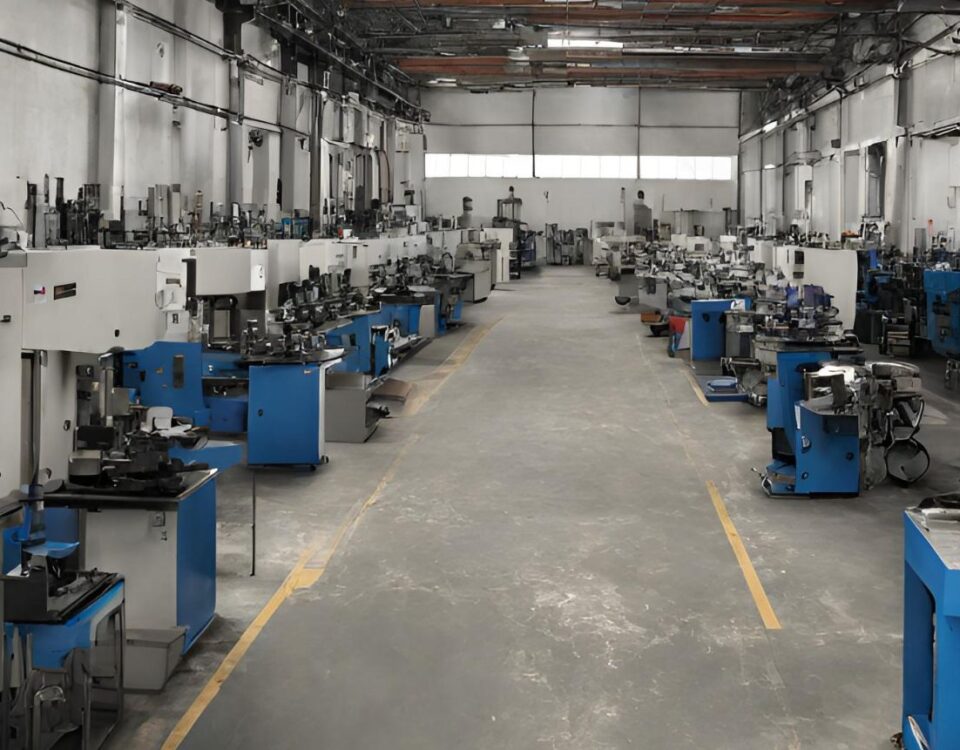
Meaning, Methods, Parts of CNC Machining
15 November 2023
What is Custom Machining, and Its Efficiency
17 November 2023What is Acrylic?
Acrylic, also known as polymethyl methacrylate (PMMA), is a transparent thermoplastic material widely used in various industries for its optical clarity, durability, and versatility. It resembles glass in appearance but offers several advantages, including being lightweight, shatter-resistant, and having excellent weathering and UV resistance properties. Acrylic is manufactured through a polymerization process, where methyl methacrylate monomers are combined and polymerized to form long chains of acrylic polymers. This process allows for the production of acrylic sheets, rods, tubes, and other forms that can be further processed and shaped for different applications.
One of the notable properties of acrylic is its optical clarity, with excellent transparency that allows for high light transmission. It also has good impact strength, making it less prone to breakage compared to glass. Acrylic is available in various grades, including both cast and extruded forms, each with its own specific properties and applications. Acrylic is highly versatile and finds applications in a wide range of industries. It is commonly used in signage, displays, architectural elements, lighting fixtures, automotive parts, medical devices, consumer products, and more. Acrylic can be easily machined, cut, engraved, bent, and polished, making it suitable for creating intricate designs and shapes.
Additionally, acrylic can be dyed, painted, or printed on, allowing for customization and branding opportunities. It is also a popular material for aquariums, protective barriers, and windows due to its excellent optical properties and resistance to yellowing over time. Overall, acrylic is a durable, transparent, and versatile material that offers numerous advantages in terms of aesthetics, functionality, and ease of processing. Its wide range of applications and favorable properties make it a popular choice for various industries.
What is CNC Machining Acrylic?
CNC machining acrylic refers to the process of using computer numerical control (CNC) machines to shape, cut, and manipulate acrylic material into desired forms and dimensions. Acrylic, also known as Perspex or Plexiglas, is a transparent thermoplastic widely used in various industries for its optical clarity, durability, and versatility. CNC machining acrylic involves programming a CNC machine with specific instructions to perform various operations on the acrylic material. These operations can include cutting, milling, drilling, engraving, and polishing. The CNC machine utilizes sharp cutting tools, such as end mills or router bits, to precisely remove material from the acrylic sheet, creating the desired shapes and features.
The CNC programming allows for high precision and repeatability, ensuring consistent and accurate results during the machining process. This makes CNC machining acrylic ideal for creating intricate designs, complex shapes, and precise dimensions. Finished acrylic parts can be used in a wide range of applications, including signage, displays, architectural elements, lighting fixtures, automotive parts, consumer products, and more. CNC machining acrylic offers advantages such as efficient production, cost-effectiveness, and the ability to achieve smooth finishes and polished surfaces.
To achieve optimal results when CNC machining acrylic, it is important to consider the material's properties. Acrylic can melt or chip if not machined with appropriate cutting speeds, feed rates, and tooling. Proper dust collection systems should also be in place to manage the fine acrylic particles generated during machining. Overall, CNC machining acrylic provides a reliable and efficient method for transforming this versatile material into finished parts with precision and quality.
Why Use CNC Machining to Cut Acrylic?
CNC machining is often preferred for cutting acrylic due to several advantages it offers:
1. Precision: CNC machines are highly accurate and can consistently cut acrylic with precise dimensions and intricate designs. This level of precision is difficult to achieve with manual cutting methods, ensuring that the finished parts meet the desired specifications.
2. Efficiency: CNC machines automate the cutting process, allowing for faster production times compared to manual cutting. The ability to program the machine with specific instructions enables efficient and uninterrupted cutting, resulting in increased productivity.
3. Versatility: CNC machining provides flexibility in cutting various shapes and sizes of acrylic. The machines can easily handle complex designs, intricate patterns, and curves that may be challenging to achieve with manual cutting methods. This versatility makes CNC machining suitable for a wide range of applications.
4. Reproducibility: CNC machining ensures consistent results, even when cutting multiple acrylic pieces. Once the cutting program is set, the machine can replicate the same cuts accurately and repeatedly, ensuring uniformity across all the parts.
5. Reduced Waste: CNC machines optimize material usage by minimizing scrap and waste. The precision of CNC machining allows for tight nesting of parts, maximizing the utilization of the acrylic sheet and reducing material wastage.
6. Automation and Ease of Use: CNC machines are operated through computer programming, making them user-friendly and accessible. Once the program is set, the machine carries out the cutting process automatically, reducing the need for manual intervention.
7. Complex Designs: CNC machining enables the creation of complex designs, including intricate details and patterns, on acrylic material. The ability to precisely control the cutting tool's movement allows for the realization of intricate shapes and fine features.
Using CNC machining for cutting acrylic ensures high-quality results, increased efficiency, and design flexibility. It is particularly advantageous for projects that require precision, repeatability, and intricate details, making it a preferred choice in industries such as signage, displays, architectural elements, and more.
Benefits of Making Your Parts Out of Acrylic
Because of its exceptional qualities, acrylic is a material that is widely used. These characteristics indicate that acrylic parts machined through machining are resilient, clear, and long-lasting. They are also ideal for many different kinds of uses. Acrylic has several benefits, not all of which are listed below:
- Outstanding weathering and resistance to UV radiation
- Dimensionally stable
- Transparent
- Good rigidity
- Good abrasion resistance – you can easily polish out surface scratches
- High gloss and hardness after modification
CNC Acrylic Operation Types
CNC machining acrylic encompasses various operation types to shape, cut, and manipulate the material. Here are some common CNC operations used for working with acrylic:
1. Cutting: CNC machines can perform straight-line cuts to separate acrylic sheets into desired shapes and sizes. This operation is often used to create basic outlines or prepare the material for further machining processes.
2. Milling: CNC milling involves rotating a cutting tool while moving it along multiple axes to remove material and create precise shapes and features. In the case of acrylic, milling is commonly used to create pockets, slots, holes, and complex contours.
3. Drilling: CNC machines equipped with drill bits can perform drilling operations on acrylic. This operation is used to create holes of various diameters and depths, allowing for the insertion of fasteners or other components.
4. Engraving: CNC machines can engrave designs, text, or patterns onto the surface of acrylic. This operation uses specialized engraving bits to etch the material, creating detailed and intricate markings.
5. Pocketing: Pocketing involves removing material from a specific area or cavity within the acrylic sheet. CNC machines can perform pocketing operations to create recessed areas or pockets with precise dimensions and depths.
6. Contouring: Contouring is used to machine the outer edges or contours of a part. CNC machines can accurately follow the desired shape and contour of the acrylic, resulting in smooth and consistent edges.
7. Polishing: While not a direct CNC operation, polishing can be performed on acrylic parts after machining. This process involves using specialized polishing compounds, flame polishing, or other techniques to achieve a smooth and glossy finish.
These are just a few examples of the CNC operations commonly used for acrylic machining. Depending on the specific design requirements and desired outcome, different combinations of these operations may be employed to create the desired shapes, features, and finishes on acrylic parts.
Conclusion
CNC machining acrylic provides a multitude of valuable features that make it an ideal choice for working with this versatile material. One of the key advantages is the precision it offers. CNC machines can achieve highly accurate cuts, shapes, and features on acrylic, ensuring consistent results and eliminating human error. This precision is crucial for applications where exact measurements and tight tolerances are required. Additionally, CNC machining offers exceptional versatility. It allows for the creation of complex designs, intricate patterns, and precise contours on acrylic. This flexibility opens up a wide range of possibilities for acrylic applications, including signage, displays, architectural elements, and more.
Efficiency is another notable feature of CNC machining acrylic. By automating the cutting process, CNC machines significantly reduce production time compared to manual methods. This increased efficiency translates into higher productivity and shorter lead times, making it a cost-effective choice for acrylic fabrication. Reproducibility is also a significant benefit of CNC machining acrylic. Once a design is programmed into the CNC machine, it can be replicated consistently across multiple acrylic parts. This ensures uniformity and eliminates variations that may occur with manual fabrication methods.
CNC machining also helps minimize waste. By optimizing material usage and reducing scrap, it maximizes the utilization of the acrylic sheet, resulting in cost savings and environmental benefits. Furthermore, CNC machines are designed to be user-friendly and operated through computer programming. This automation and ease of use make CNC machining accessible to a wide range of users, regardless of their expertise in acrylic fabrication.
In conclusion, CNC machining acrylic offers precise, versatile, efficient, reproducible, and user-friendly features that make it an excellent choice for fabricating acrylic parts. Whether for intricate designs, complex contours, or consistent replication, CNC machining provides the necessary capabilities to achieve high-quality results in various applications.




